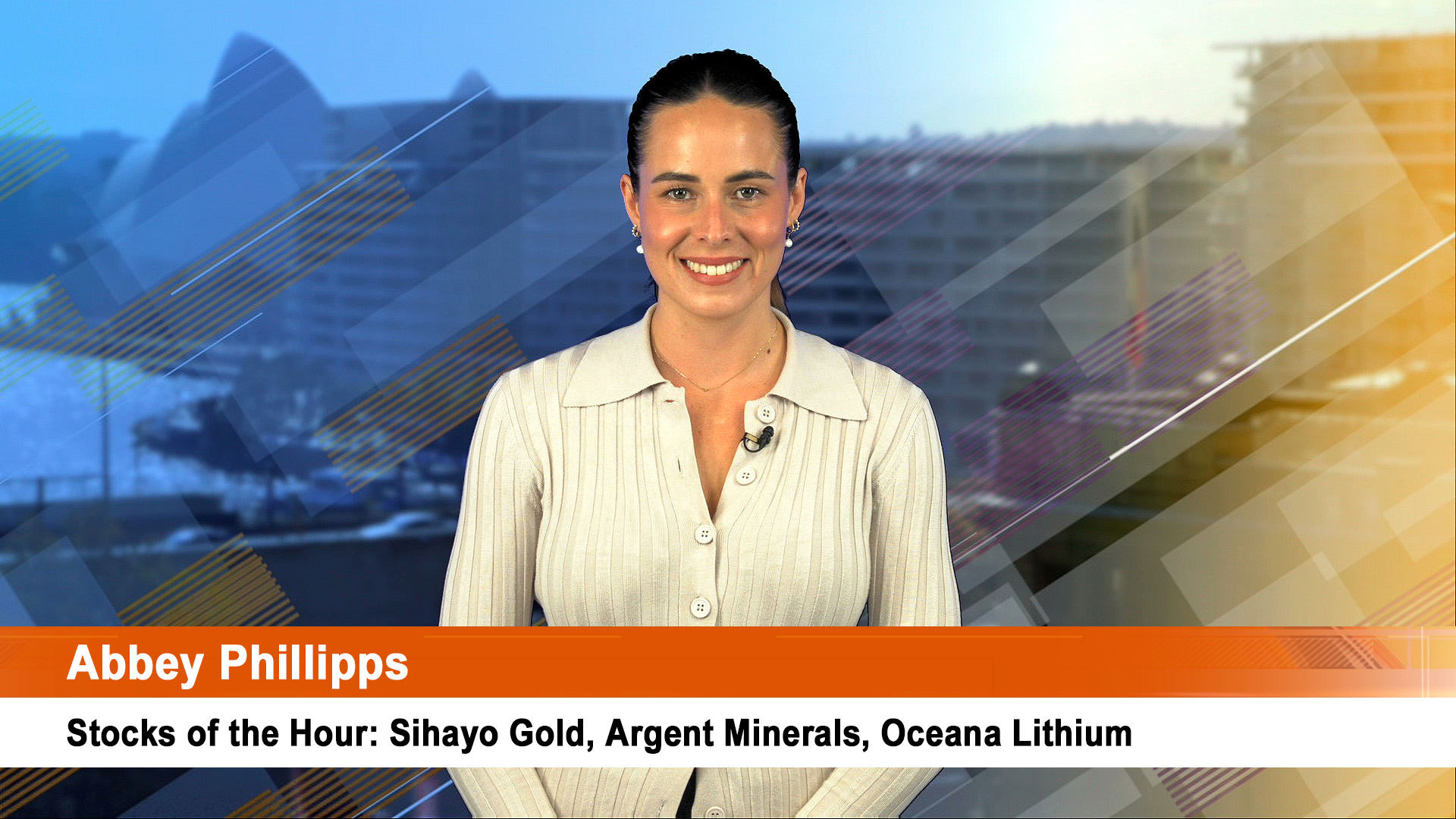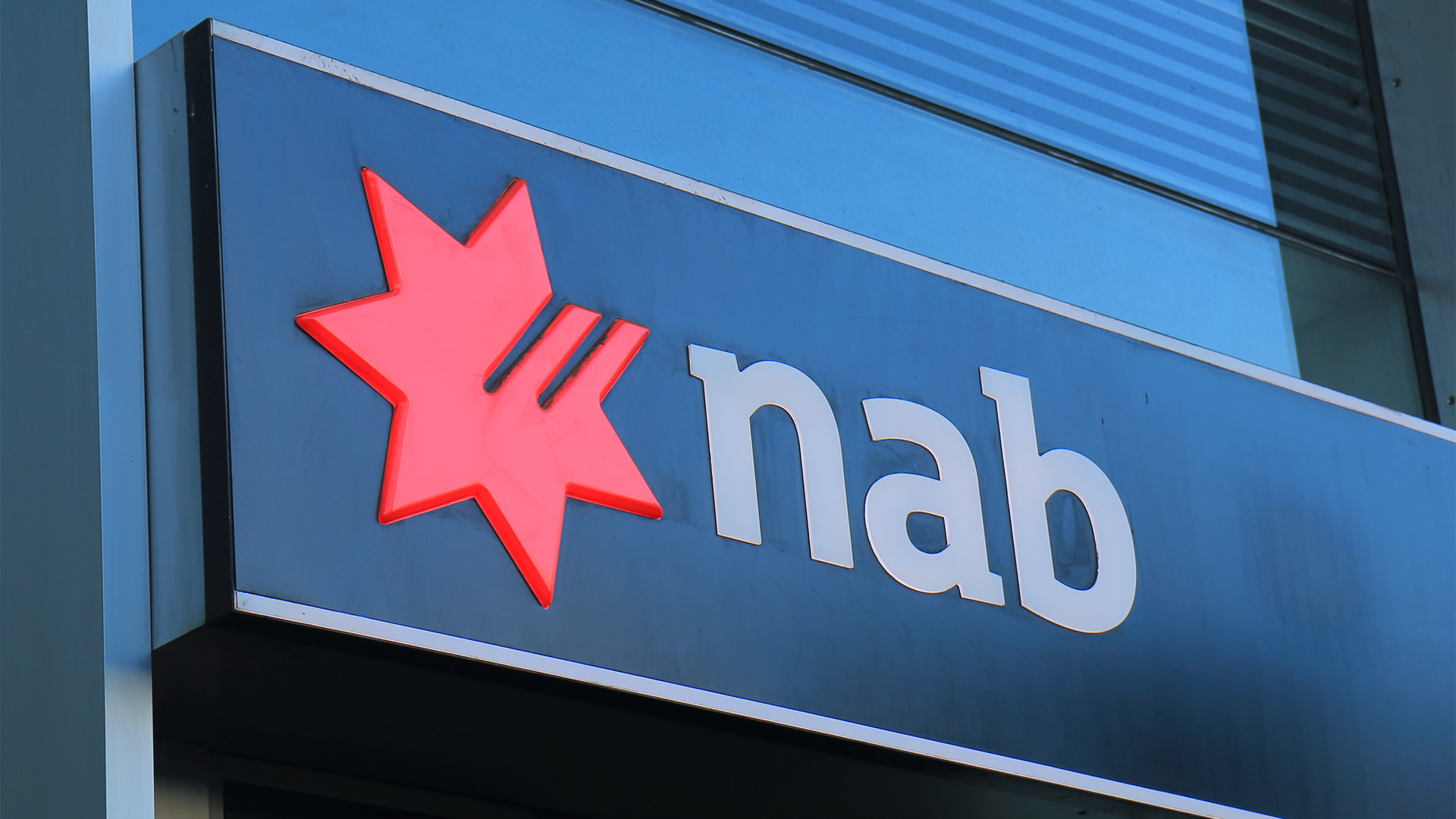Suddenly an interest rate rise is very much on the cards today and probably next month and several more later in the year.
The combination of the strong recovery in the resources sector, China’s boom, growing demand for resources from other Asian buyers, an upturn in manufacturing last month, higher inflation, and now news of a continuing surge in high end, expensive housing, especially in Sydney and Melbourne, means a rate rise looks certain to occur.
A Bloomberg survey of 24 local economists found 18 tipping a rise of 0.25% to 4.50% at today’s Reserve Bank board meeting.
And after yesterday’s house price index figures for the March quarter, a few of the doubters in the Bloomberg survey would probably change their minds.

But the surprise poor trading update from Fantastic Furniture, the budget/mortgage belt chain, could help the bank justify a rate rise today.
That was only the latest in a series of weak trading updates for the March quarter. While housing and construction, plus mining remain solid, consumption and retailing seem to be turning down.
There will be an upturn after the budget next week, the absence of government stimulus spending has had a big impact, but from the tenor of the reports, there has been a loss of interest from consumers, which sits oddly with the solid consumer confidence figures.
In keeping with readings from private indexes, RP Data Rismark and Australian Property Monitors, the March quarter Australian Bureau of Statistics capital city house price index showed a small fall of 4.8% down from a lowered average of 5.1% (5.2% originally reported).
RP Data showed a rise of around 4.2% in February and March, and APM showed a quarterly rise of 3.1%, down from 5.3% in the December quarter.
RP Data said there was a 12.5% rise in the year to March in the capital cities, the ABS said 20%, up from 13.5% (down from 13.6%) in the December quarter. RP Data said prices outside the major capitals only rose 5.3%.
APM said there was a 16.1% jump in the year to March in house prices, and 10.4% for units.
The ABS said The main contributors to the national rise were Melbourne (+6.7%) and Sydney (+5.3%).
The strongest growth in these two cities came from established houses with relatively high prices.
There were also positive contributions from Perth (+3.5%), Brisbane (+2.0%), Adelaide (+2.7%), Canberra (+5.4%), Hobart (+4.2%) and Darwin (+3.6%), according to the ABS.
And over the year the ABS said the 20% rise in the year to March was the largest recorded since the series started eight years ago.
Melbourne saw a rise of 27.7%, Sydney (+21.0%), Canberra (+20.6%), Darwin (17.5%), Perth (+15.0%), Hobart (+14.1%), Brisbane (+12.1%), and Adelaide (+10.8%).
Now this doesn’t include house prices outside the major cities and it’s clear from the ABS figures that the price surges are concentrated in the cities and in the more expensive homes.
Prices are not moving all that strongly in the so-called mortgage belts in the west and south west parts of Sydney, for example.
But prices are rising strongly along the coast and in the inner west and eastern suburbs.
In Melbourne, it seems to be across the city, but concentrated in the wealthier bayside and winner suburbs
Melbourne is once again leading the surge, as it did in the last boom.
But this time it is coming from the higher end of the market, not the off the plan development sector.
State governments are making hay, especially in Victoria and NSW, with stamp duty receipts soaring.
Elsewhere yesterday the monthly Australian Industry Group-PricewaterhouseCoopers performance of manufacturing index (PMI) rose a very sharp 9.3 index points to 59.8 points in April.
That was the highest reading for the Index since May 2002.
A reading above 50 indicates expansion and April saw a very big rise, which went against the sluggish three months to March.
An improvement in building and infrastructure markets was a major reason for the rise, as was growth in 11 of the 12 sectors surveyed which were positive last month.
And the TD Securities-Melbourne Institute inflation gauge rose by 2.9% in the year to April – the biggest rise for 14 months.
The rise was due to higher costs for rent, health services and fruit and vegetables.
The monthly increase follows a 2.5% inflation rise in the year to March and the 2.8% CPI rise from the ABS figures for the March quarter.
There’s a big fire being lit under rates, but not by retailers, as the next story reveals.













